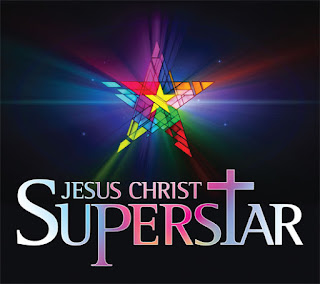Bristol U.K. I dream of.... part two
Bristol was bombed often during World War II - as a result of which the old medieval centre with its nine churches almost ceased to be. Wine Street was badly damaged, and never recovered post war. St. Mary-le-Port Street and Castle Street just about ceased to be.
Corn Street survived, as did Broad Street which runs west from the north end of Corn St.
Broad St. also has some treasures as you will see.
NOTES
1. "Council House" (pronounced "counts louse" in Bristol dialect) refers to the local seat of civic government. I have heard (to my dismay) that the counts louse in Bristol has been re-named in American style as "City Hall" blah.
Corn Street survived, as did Broad Street which runs west from the north end of Corn St.
Broad St. also has some treasures as you will see.
NOTES
1. "Council House" (pronounced "counts louse" in Bristol dialect) refers to the local seat of civic government. I have heard (to my dismay) that the counts louse in Bristol has been re-named in American style as "City Hall" blah.
 |
| It was built in 1900 by Henry Williams, with the Pre-Raphaelite style facade by William Neatby, who was the chief designer for Doulton and Co., as the main works for the printer Edward Everard. Most the building was demolished in 1970 but the facade was preserved as it is the largest decorative facade of its kind in Britain. |
 |
| Old Bristol Council House (corner of Corn and Broad Streets) |
 |
| New Bristol Council House, Park St. Foundations laid before WW II but building not completed until the 1950's |
 |
| New Bristol Council House, Much derided when it was completed on account of it's neo-Georgian style - (but I always liked it) |
 |
| Christ Church with St. Ewen, Broad St. One of only two City Centre Anglican churches to have regular Sunday services. |
 |
| Law Court, Broad St. |
 |
| St. John's on the Wall at the foot of Broad St. Built on the old city wall (now closed for services) |
 |
| Grand Hotel, Broad St. I thought it to be very grand when I was young. |
 |
| Quarter Jacks at Christ Church, Broad St.
|


I sympathise about City Hall, but everywhere else "counts louse" means a not-very-well maintained 3-bedroom semi on an estate inhabited by poor people...
ReplyDelete